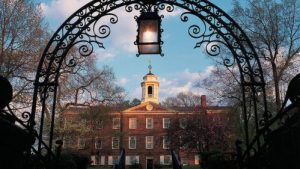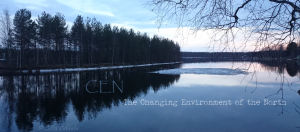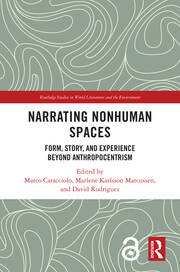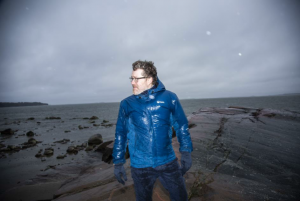The latest issue of the geography journal Fennia features a book review forum that focuses on my latest book, The Narrative Turn in Urban Planning (Routledge 2020). In the forum, Robert Beauregard and Mark Tewdwr-Jones each wrote a review of my book, contextualizing its contribution to the field and proposing further directions. As part of the book review forum, I wrote my own reflection on the reviews. Beauregard and Tewdwr-Jones are two eminent urban studies scholars whose work has long been an inspiration for my own research, and it was an honor to engage in such a rich dialogue within the forum provided by Fennia.

I would like to thank the team of Fennia, Kirsi Pauliina Kallio, Jouni Häkli, and in particular, the reflection editor James Riding, for their work in providing this exciting dialogic space.
From the issue’s introduction:
“In the first book review forum published in Fennia, as part of a new initiative, Lieven Ameel’s (2021) The Narrative Turn in Urban Planning: Plotting the Helsinki Waterfront, is the book that provides the starting point for dialogue. In two extended case studies from the planning of the Helsinki waterfront, the book applies narrative concepts and theories to a broad range of texts and practices involved in urban planning. Robert Beauregard (2021) kicks off the forum by adding a material perspective that treats planning documents as actors in planning practice. The vibrant matter of these hidden texts also weaves narratives, as planners produce documents before they tell the public stories. […] Tewdwr-Jones (2021) emphasizes also […] wider democratic and polarizing issues. These issues cannot be separated from narratives of place shaping, planning, and urban growth and decline. In response, Ameel (2021) addresses the material aspects of planning practices that take place in increasingly digitalized environments, and storytelling to which the public is not invited, attending to narratives developed by planners in their cloistered world, opening the forum to potential future research.” (Kallio, Häkli & Riding)
All articles are published open access:
Robert Beauregard’s article “The stories that documents tell”: https://fennia.journal.fi/article/view/115188
Mark Tewdwr-Jones’s article “Narratives of and in urban change and planning: whose narratives and how authentic?”: https://fennia.journal.fi/article/view/115636
My reflection piece “New directions for narrative approaches to urban planning”: https://fennia.journal.fi/article/view/117123









